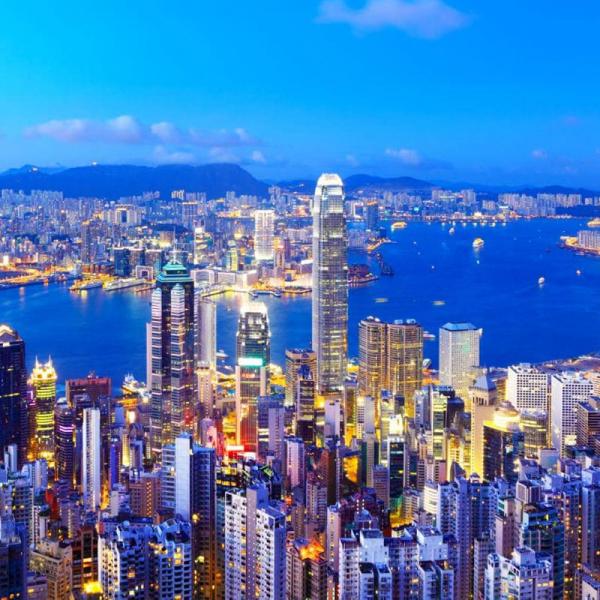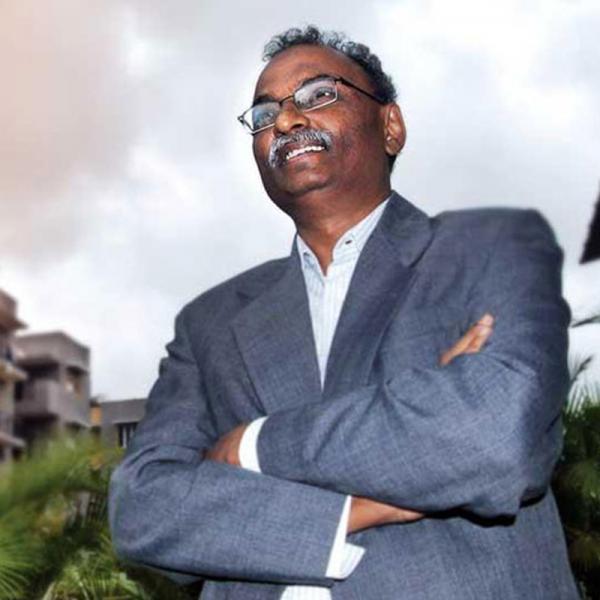3-D re-release of Jurassic Park gets huge opening in China
NEW DELHI: Steven Spielberg's 1993 dinosaur spectacular Jurassic Park had a huge opening when it was released in its
MUMBAI: Top executives are taking up digital technology, but the extent of the embrace appears to be tempered by their need to remain in control of their business ecosystem, according to new research by MEC and CNBC. The research surveyed 32 CEOs in multi-national companies across Singapore, Hong Kong, India and China.
Adoption of digital technology is currently limited to new devices (smartphone, tablet, etc.), being used for information aggregation and synchronization.
Attitudinally, CEOs in Asia acknowledge the positive benefits of using digital technology in the work place, citing upturns in growth and productivity, a leveling of the playing field and changing business formats. They believe that digital technology will change the way they work in the future. ?We?ve only just started but digital technology will significantly change the way we deal with our peers, colleagues, clients and suppliers?, said a CEO from India.
Behaviourally, Asian CEOs consider themselves ?fast followers? and claim to be undaunted by the proliferation of new gadgets ? they remain in control over how and when these devices are to be used. A CEO in Singapore said he does not ?want to be controlled by anyone or a piece of machinery?. An example of this is how mobile phones are often switched off and handed over to secretaries during meetings, for undivided attention.
These CEOs believe that digital technologies are not the ?be all and end all? of everything. The same expectations in communications from the past applies in today?s digital age too, from ?paying full attention when someone is talking? to having control of their time. As a CEO from a HK company said, ?When I?m at home, it?s my time. Unless it?s very urgent, everything can wait till the next morning.?
In essence, CEOs continue to and expect to remain in control of their time and schedules.
CEOs tend to have well-established working behaviours, so technology and devices perform an efficiency or enhancing role, especially on a personal level. New technology has not intrinsically changed the way they behave, it is merely facilitating existing behaviors. ?I want to be thoughtful, not just compelled to reply right away. I use these devices to add meaning,? explained a CEO from Singapore.
However, it is clear that CEOs recognize the benefits of technology and how it can revolutionise their business, but also recognise that they have a long way to go.
iPad ? the game changer?
Interestingly, the iPad is possibly the one gadget that has been observed to subtly alter the CEO behaviour. With the trend of consumerisation of technology and more companies embracing the BYOD (bring your own device) policy, the iPad has quickly become a business as well as a personal device.
The iPad is a perfect fit for the needs of this niche target audience. CEOs have expressed a fondness for it especially for browsing and presenting. This CEO from Singapore likes the iPad: ?When the opportunity arises, I take out my iPad and present rather than use my laptop which makes me look like a salesman.?
It is slowly replacing the laptop for short trips and they express a certain liberation that comes with doing that. I started taking my iPad for short trips and now I find the laptop is becoming desk bound. It feels heavy and un-necessary for some trips.?
?Given that they need to manage complexity, tablets satisfy a specific need from CEOs ? simplicity. CEOs are highly selective with their content and only consume what they perceive will add real value to their work and personal lives. Therefore, brands seeking to communicate with CEOs need to ensure that content is delivered in a concise manner and optimised to be viewed and interacted with on these devices,? said Junji Sumitani, Vice President, Advertising Sales, CNBC in Asia Pacific.
Selective levels of engagement with social media
Asian CEOs acknowledge that the social media bandwagon is a wave they have yet to, or are hesitant to ride on, either for themselves or for their companies. Personally, these CEOs cite valuing their privacy as the reason they are at best passive observers of social networks. Due to the inherent social nature of these networks, there seems to be a fear of opening up access to themselves and not having the bandwidth to deal with it. This CEO from Hong Kong described it as ?There are all these requests I need to accept and I just don?t want to get started on dialogues.?
The innate need to remain in control would clearly be at risk.
However, they do realise the potential of using it for their businesses. Internally, there is some but limited use of social networks for internal communications, stemming from a need to provide a platform for employees to air their opinions rather than as a way to connect and engage with them. ?Clearly young people today feel they have a right to question and understand why something is working the way it is and if you don?t provide a mechanism for them to ask that questions and express themselves, they will go outside. So it is better for us to provide that space within the organization.? said a CEO from India.
Externally, CEOs are starting to explore the benefits of what these networks can do. ?Therefore, it becomes a very interesting B2B tool. So that?s something we are experimenting within the office ? how to use social networking for marketing and promotion and positioning for the company.?
?Social networks are not the way to best communicate with CEOs since they are reluctant to lose control of their communication structures. However, they seek recommendations as much as anyone else, often through respected media brands. Hence B2B brands have an opportunity to partner with these media brands to proprovide valuable, timely content,? commented Jon Wright, Head of Analytics and Insight, MEC Asia Pacific.

Mumbai: In the tenth episode of the Horizons series, presenters Adam Shaw and Saima Mohsin visit Bangalore, India and Tianjin, China to see whether the need for urban expansion can be balanced with reducing the impact on natural resources and the environment.
In the next 20 years there are expected to be nearly two billion new city dwellers, with most of this growth taking place in the developing world.
In North East China, Adam Shaw travels to Tianjin Eco-City to visit what has been described as the world?s largest Eco-City development. A joint venture between the governments of China and Singapore but in partnership with private sector developers; the project covers 30 square kilometres of previously abandoned land and by 2020 is anticipated to become home to 350,000 people.
Adam meets Ho Tong Yen, Chief Executive of the Sino-Singapore Eco-city Investment & Development Company to find out aboutthe challenges involved in being commercially viable as well as green.
Ho Tong Yen said: ?What we?re trying to do is to make sure what we do here can be done elsewhere. So we are aiming for 20% renewable energy, and we ensure the homes we build here are much greener than our usual business but not to the extent that cost rises beyond what the market can support.?
Later, Adam meets Richard Register, one of the world?s leading theorists in ecological urban planning and the man credited with coining the term ?Eco-City.? Adam and Richard discuss the problems of defining what the term ?eco-city? means and the importance of changing the way we look at urban development.
Saima Mohsin travels to Bangalore to visit two eco-friendly housing developments, which aim to be almost entirely independent from the civic infrastructure for water and electricity, using mainly renewable energy sources. At Zed Earth she talks to some of the residents to see how low carbon living is reducing their energy bills.
Saima also meets economist turned eco-entrepreneur Chandrashekar Hariharan, to discuss the issues facing India as the demand for new buildings grows.
Chandrashekar Hariharan, Chairman, BCIL ? Biodiversity Conservation India Ltd said: ?The building industry as well as the customer needs to see that every certified building will result in a 30% reduction in the use of energy post occupancy, around 20% in the course of construction of that building, a 50% reduction in the demand for fresh water in such a building. To me this is a sort of microcosm of the sort of cities that will happen in the next 15 years. That will have to happen. This is an imperative, these are not alternatives. You need to get at least 3% of the building industry to be doing what we?re doing then in 30 or maybe 40 years we will all get sustainable.?

 switch
switch
 switch
switch